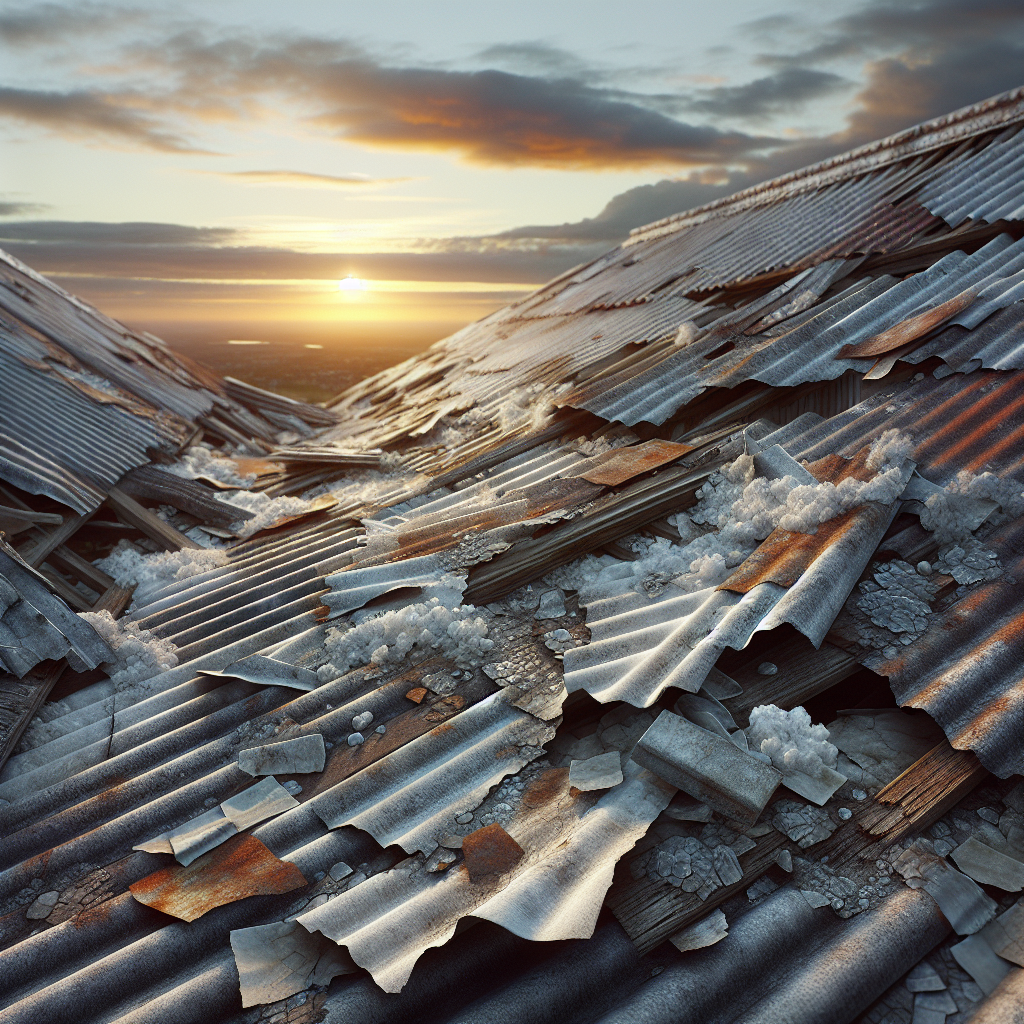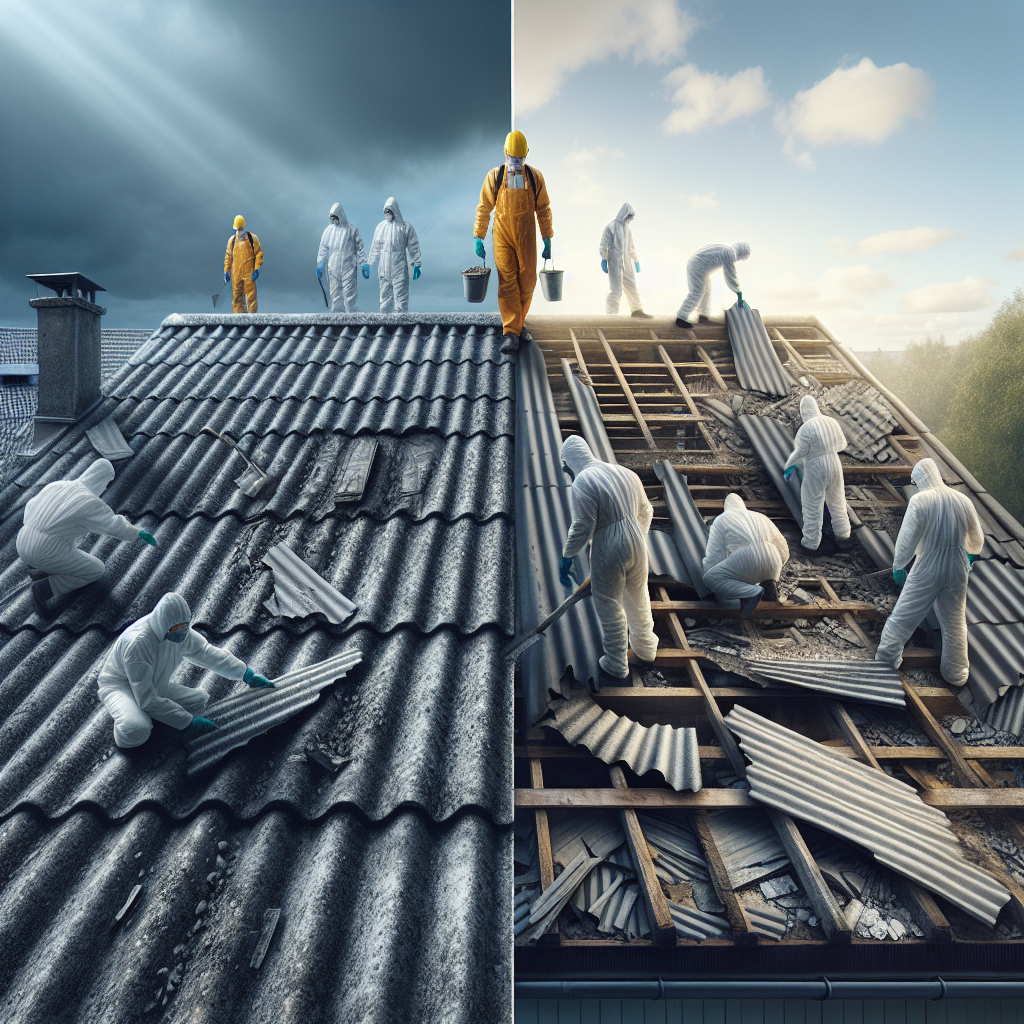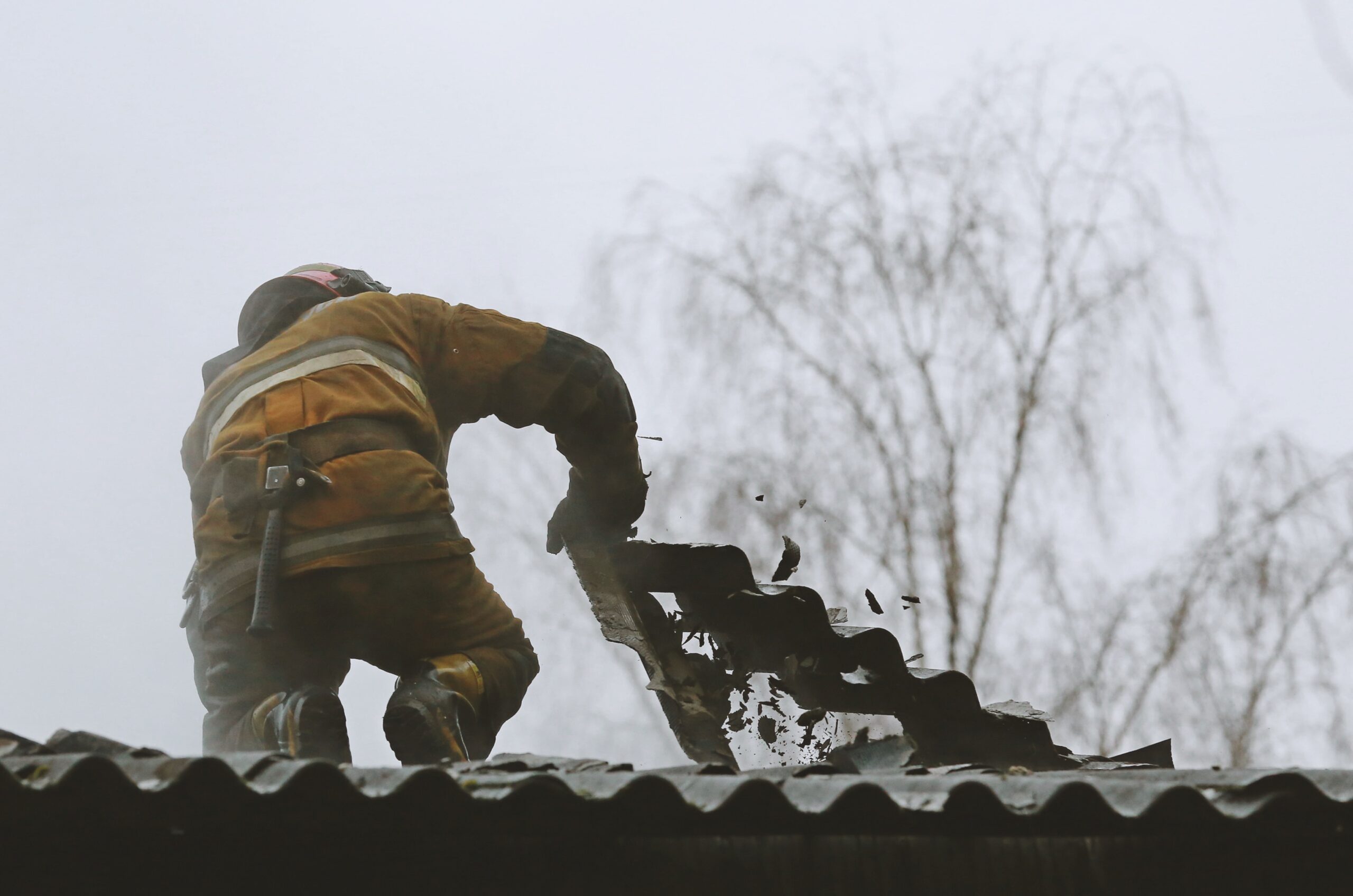
Long before modern materials dominated construction, asbestos was a cornerstone in Australian roofing. Its widespread adoption was fueled by its affordability, fire resistance, and durability. During the mid-20th century, asbestos-cement sheets became one of the most popular roofing materials across urban and rural Australia. This period marked a significant chapter in the asbestos history of the country’s building industry.
Asbestos offered an attractive solution at a time when alternatives were either scarce or expensive. Builders and homeowners valued its lightweight nature, ease of installation, and insulating properties. The demand was amplified by rapid post-war population growth, which drove widespread housing development.
– Asbestos-cement roofing sheets were made by combining cement and asbestos fibres.
– These sheets resisted fire better than traditional timber or metal roofs.
– The material was also resistant to weathering and pests, reducing maintenance costs.
Understanding this rise helps contextualise the legacy left behind in many Australian buildings today.
The asbestos history in roofing reveals a story of practicality meeting industrial opportunity. In Australia, asbestos was mined extensively, contributing to its affordability and availability.
– Australia was one of the world’s leading asbestos producers in the early 20th century.
– Asbestos mines in New South Wales and Tasmania supplied large quantities of raw material.
– Industrial growth encouraged innovation in asbestos cement products, including roofing sheets.
– Lightweight compared to clay tiles or slate, easing transportation and installation.
– Moulded into various shapes and sizes for flexibility in roof design.
– Fireproof qualities made it popular in fire-prone regions of Australia.
– Cost-effective relative to other roofing materials, promoting its use in public housing projects.
These factors collectively shaped how asbestos roof products became ingrained in Australian architectural practices, underscoring its role in the asbestos history fabric.
While asbestos roofing was initially celebrated, emerging health data during the late 20th century dramatically shifted perspectives. Asbestos fibres were eventually linked to severe respiratory diseases, including asbestosis, lung cancer, and mesothelioma.
– By the 1970s, scientific studies began revealing the dangers of airborne asbestos fibres.
– Australia introduced progressively stricter regulations on asbestos handling and disposal.
– Roofing companies started offering safer removal and replacement services.
– Awareness campaigns educated property owners about potential risks in older homes.
– The 2003 national ban on asbestos cement products marked a major milestone.
– Regulations now require licensed professionals to handle asbestos roof removal.
– Environmental and health standards improved building safety nationwide.
This evolution in knowledge and policy highlights a crucial chapter within the broader asbestos history of Australian roofing.
Many homes and commercial properties across Australia still retain original asbestos roofing materials. Its long-lasting durability means removal isn’t always urgent but needs careful management.
– Common signs include fibrous cement sheets with a corrugated appearance.
– Typically found in homes built between the 1940s and 1980s.
– Professional asbestos testing is essential to confirm presence safely.
– Avoid drilling, cutting, or disturbing asbestos roofing to prevent fibre release.
– Regular inspections to check for damage such as cracking or flaking.
– Engage licensed asbestos removalists if replacement becomes necessary.
Proactive management helps homeowners balance preservation with health and safety concerns.
The widescale shift from asbestos towards safer roofing materials revolutionised Australia’s roofing landscape. Advances ensured roofs could offer durability without health risks.
– Metal roofing: lightweight, long-lasting, and recyclable.
– Concrete tiles: fire resistant and visually appealing.
– Synthetic composites: designed to mimic traditional styles without hazardous fibres.
– High-quality asphalt shingles for affordable replacements.
– Better environmental profiles compared to asbestos.
– Compliance with strict modern building codes.
– Enhanced insulation and energy efficiency properties.
– Variety of colours and styles to suit homeowner preferences.
Replacing asbestos roofs with these alternatives not only improves safety but also property value.
For those interested in exploring the asbestos history and related safety practices, reputable resources offer extensive information. The Australian Government’s Department of Health and Safe Work Australia publish guidelines about asbestos identification, removal, and health risks.
An informative site: https://www.safeworkaustralia.gov.au/topic/asbestos
By exploring these sources, property owners and contractors can stay well-informed and make responsible decisions on asbestos roofing.
Asbestos played a pivotal role in shaping Australia’s roofing industry for decades due to its practical properties and low cost. However, growing awareness of its health hazards triggered important changes in material use, legislation, and property maintenance approaches. The asbestos history embedded in many Australian roofs reminds us of how construction materials evolve alongside safety knowledge.
If you suspect your property has asbestos roofing or want advice on safe removal and replacement, do not delay professional assessment. Licensed experts ensure compliance with regulations and protect your health and investment. For guidance or to arrange a consultation, contact info@garageroofcompany.co.uk for trusted support in managing asbestos roofing safely and efficiently.








Select the service that best matches your needs
Get your free no-obligation quote today